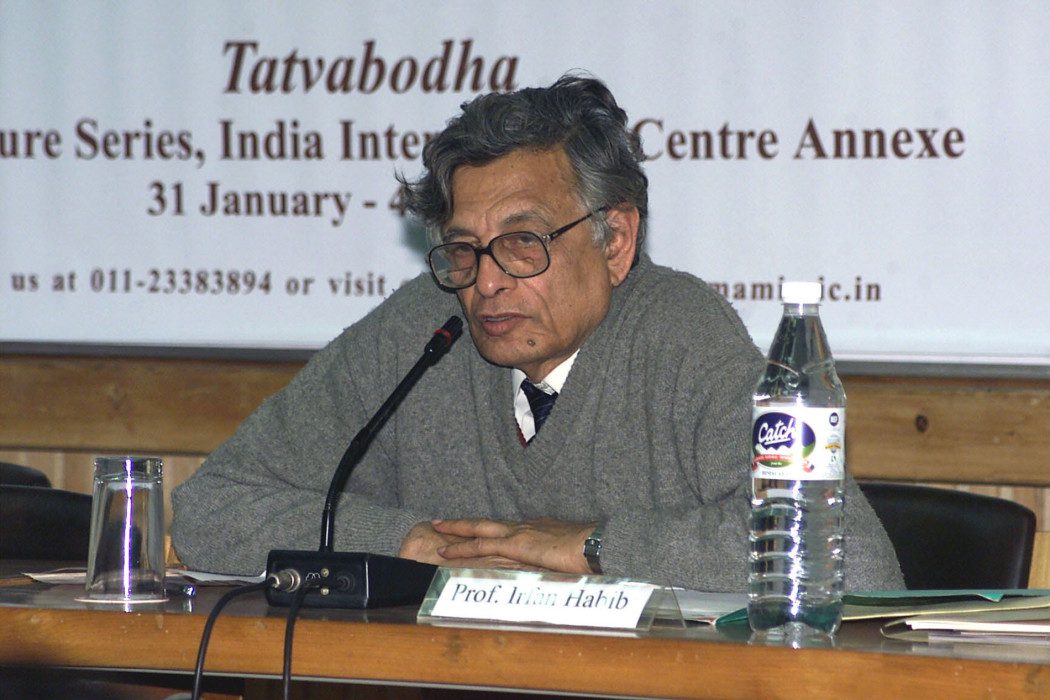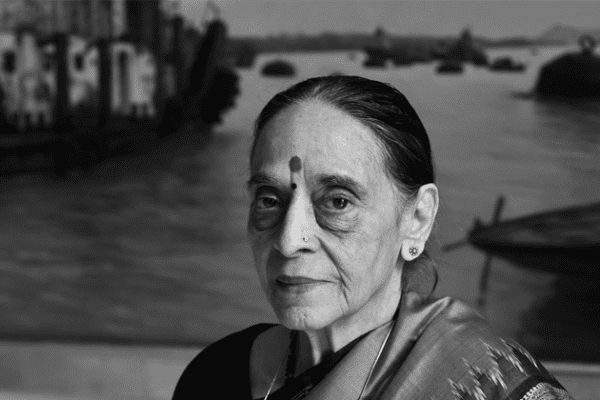If you were to chart out 3 major watershed events in the history of the Left in post independent India, what would they be?
In the post-Independence history of the Communist movement, the three important events I would mark are the following: First, in 1950-51, it came to terms with how the Communist Party should work when opportunities were at last being provided for the functioning of a broadly parliamentary regime. Though the characterization of the Indian situation was still faulty, the tactics worked out were largely appropriate, and resulted in the Communists’ emergence as the leading Opposition group in Parliament in the fifties and sixties. The second was the formation in 1964 of the CPI(M), under the confidence, in effect, that Indian Communists could combine independence of orientation with internationalism, and should continue on path of opposition to the broadly bourgeois-landlord regime in the country. The correctness of this position was illustrated by CPI(M)’s opposition to the Emergency (1975-77), unlike the CPI. The third, I would suppose, is the determination shown in early 1990s when Indian Communists refused to bow down to the onslaught of “Globalisation”, after the collapse of the Soviet Union (1991), unlike Communists in many other countries, and continued to maintain the pace of their struggle in the interests of workers and peasants, and for the defence of independence of all countries threatened by imperialism. The correctness of this decision has been confirmed by the world economic crisis, which since 2008 has gripped the advanced capitalist world.
In a sense, validation of the Left is always linked with its fate in electoral politics in India… How do you analyse the Indian Left’s troubled history with parliamentary democracy? And what about the Left that is outside the ring of electoral politics?
There is no “troubled history” of Communists with Parliamentary politics. Participation in parliamentary elections is an essential element of all political action, where such a mechanism is available. Communists, perhaps, are exceptional in that, for them, this is not the only field of political action. Organizing workers and peasants and other sections of society (women, dalits, etc.) are, for them, equally or even more important. There is also the issue of the propagation of Marxism. As for the “Left” that is outside “the ring of electoral politics”, you probably mean those who now all themselves Maoists, though, I must say that in my own reading of Mao Zedong, there is no room for the kind of methods they adopt.
With the decimation of the Left in West Bengal, the media almost wrote an obituary of the left in India. What led to the rout? What would be the roadmap for its resurgence?
I do not see any “decimation” of the Left in West Bengal. It is an electoral reverse, in which nevertheless 4 out of 10 voters voted for the Left. In a Parliamentary system, such a reverse is not an unexpected event. A person aged 34 years or less in West Bengal had seen no other state government and could be swayed by a slogan of “change”. I am sure Communist tradition in W. Bengal, as in Kerala and Tripura, has come to stay. The main point for Communists, it would seem to me, is to make their presence felt in other areas, especially the Hindi belt.
How should the Left reconcile with the need for economic reforms, industrialisation needs…in short 21st century compulsions, at the same time staying true to its ideological core?
There is always a problem between long-term objectives and short- term necessities. Whether it was a Communist-run municipality in France in the 1950s or the Left Front Government of West Bengal before 2011, they had equally to attract industry (which under the current circumstances could only be capitalist-owned industry) to create employment. There is no problem with this as far as Marxist ideology is concerned, even where, as in France in the 1950s. Communists were directly aspiring to bring about a socialist revolution. In India, indeed, both CPI(M) and CPI have been committed to visions of an intermediate stage of “People’s /National Democracy” where elements of capitalism would continue to be permitted. The “21st century” does not by itself create any new sanctions for capitalism.
You have authored several volumes of the very important series “A People’s History of India”. Was the title or content influenced by Howard Zinn’s classic? Even if they were not, how do you view the major differences between Zinn’s accounts and yours?
“People’s History” has, indeed, been the part of a title of many Marxist-oriented works on history, like “The People’s History of England” by Morton, with which we as students in the late 1940s were most familiar. An earlier “People’s History of Germany” had apparently inspired Morton’s own work. Howard Zinn’s People’s History of USA by its title I think in turn, refers to this tradition, but its style is very different, though, indeed, very effective. As far as our People’s History of India series is concerned, it makes no attempt to provide a Marxist interpretation of Indian history; rather it aspires to set out a description of aspects of polity, economy, society and culture that could be relevant to the formation of such an interpretation. It is also an attempt to provide the people of India with a general history written on scientific and non-chauvinistic lines.
On a different note, much of Indian history narratives rely heavily on archeological discoveries carefully preserved by the ruling classes. Not a whole lot is devoted to peoples struggles, for example, in India’s case, the indigenous peoples historical narratives. After independence, why was this important task not carried out, to document our own oppressive histories, rather than reflecting upon our “golden ages”. Why do we constantly feel the need to fall back on the usual suspects? Why are our children rarely exposed to Dalit histories, not as a community-based approach, but really as more of a quintessential people’s history? If Gandhi’s talisman looked out for the poorest among the poor, when are we going to teach history that will look out for our poorest?
History can be built up only on the basis of facts that we know. Since of long ages in the past our knowledge only comes from the written word, i.e. what is left by men of literate classes, who naturally belonged to the upper layers of society, such information is one-sided. Such a distortion can be corrected partly by concentrating on information supplied however scantily, on what happened to those placed lower in society. R.S. Sharm’s seminal Sudras in Ancient India (1959) is an example of such work: I do not think, therefore, that you are right in stating that we have failed to “document our own oppressive histories”. What one cannot do is to invent history, such as is now being done by some castes, including high castes (e.g. the cult of Raja Agrasen in Northern India). The history of exploited classes, women and dalits needs to go on being constructed, but only on the basis of authentic materials. Incidentally, the NCERT textbooks on Indian history which were removed by the BJP Govt. and not reinstated by its successor, had tried precisely to do so, as can be seen especially in the textbooks on Ancient and Modern India by R.S. Sharma and Bipan Chandra.














